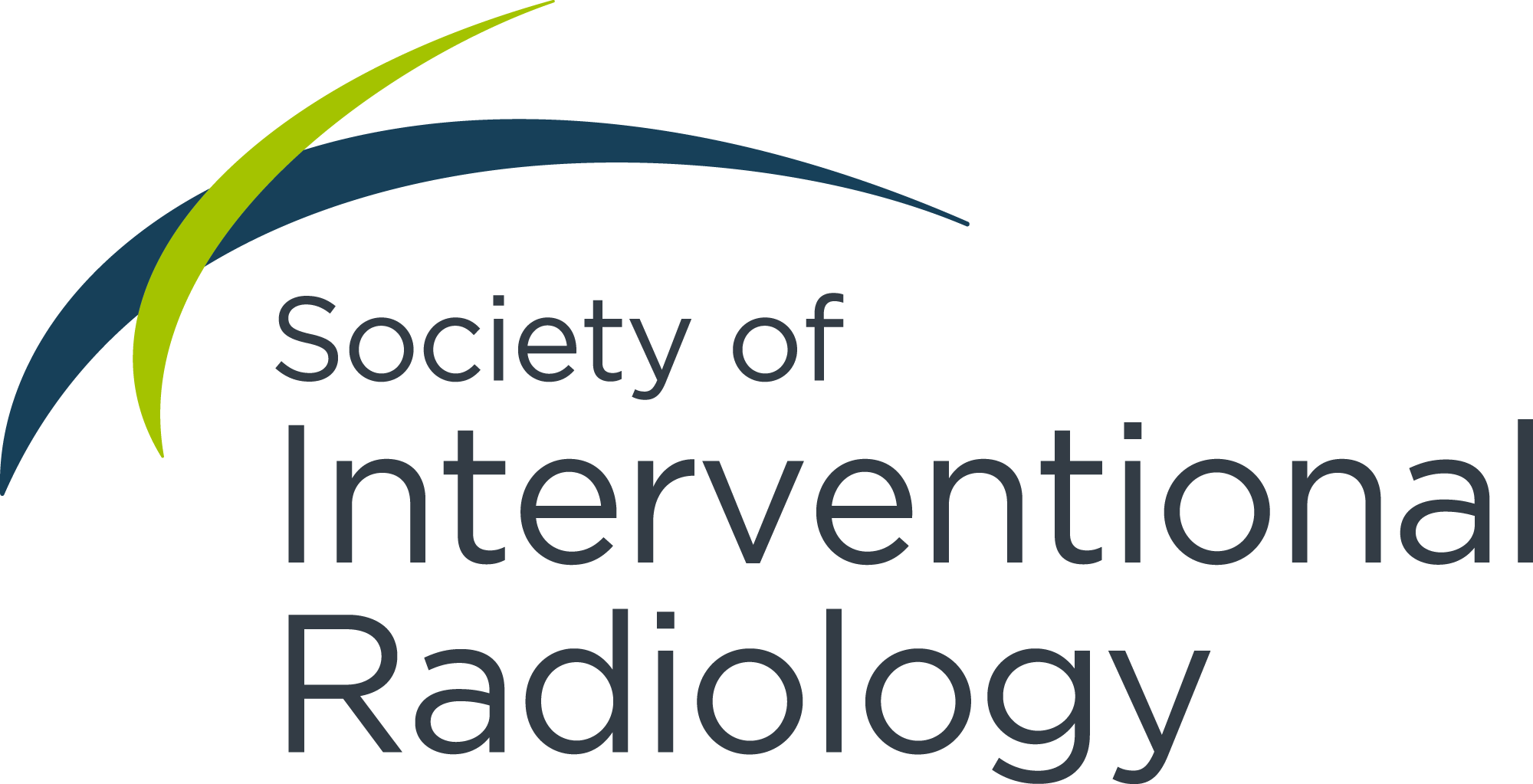Conducting research while working in private practice comes with challenges, but the benefits to practice prestige, the IR specialty and patient care can be substantial.
The IR team at Radiology and Imaging Specialists in Central Florida has been involved in research for more than a decade. “I felt that we had an obligation to go into research because we do so [many procedures], and we should contribute to the research,” said Fakhir Elmasri, MD, FSIR, founder and president of Lakeland Vascular Institute (one of the Radiology and Imaging Specialists locations) and medical director of the Surgical Center of Central Florida.
Dr. Elmasri pointed out that while private practice physicians are the ones doing procedures, they often rely on academic colleagues to study which treatments are most effective. Being involved in research allows IRs to be at the forefront, using new devices or comparing treatments before final approval by the U.S. Food and Drug Administration.
“One of the benefits of being engaged in research is you become an early adopter; you’re plugged in to technology and procedures that are ultimately going to become mainstream,” said Barry T. Katzen, MD, FSIR, founder and chief medical executive emeritus of Miami Cardiac & Vascular Institute in Florida, a part of Baptist Health South Florida, and chief medical innovation officer for Baptist Health. Dr. Katzen has been a national site principal investigator for clinical trials throughout his career.
Dr. Elmasri admitted it was a challenge to land the practice’s first clinical trial because the team didn’t have a history of research trials to prove their capabilities. But then they were selected to test the Denali Filter, which is inserted in the vena cava to prevent recurrent pulmonary embolism. The trial was an investigational device exemption study, which allows clinicians to use a device on patients to collect safety and effectiveness data.
The trial was already 1.5 years in when Dr. Elmasri’s team joined, but despite that, they ended up with the third largest enrollment in the trial. That showcases the power a large-volume practice can have on research, he said.
Three years ago, the center hired a full-time IR research coordinator because their research volume had grown too large for the IRs and mid-level providers to manage themselves.
Challenges and benefits
The two primary hurdles to conducting research in private practice are income and infrastructure. There may be no built-in infrastructure or research budget within private practice but determined IRs can overcome these challenges, Dr. Katzen said.
While practices likely won’t earn money from research, they can break even—and reach a level where they can hire one or more research coordinators to take some of the load off clinicians.
“Our vision for trials was that we just didn’t want to lose money,” Dr. Elmasri said. “That’s how we got into it; we were happy to break even. Even without profit, we think it is really very positive because we contributed to the research.”
To build a research program takes an internal champion leading the way, Dr. Katzen said. In addition, “you need to have physicians that have intellectual curiosity and actually want to be involved in the research—they understand the big picture.”
It also helps to have a partnership with a hospital who is supportive of the efforts, he said, particularly nowadays when protocols to ensure safety and data integrity have become more rigorous.
In private practice, it’s hard to justify to your partners covering the expenses for research trials, particularly a dedicated research coordinator, said John Lipman, MD, FSIR, founder and medical director of the Atlanta Fibroid Center.
It could take four or five active trials to cover the costs of a research coordinator, according to these IRs. Dr. Katzen’s group now has several research coordinators, as well as support from residents and fellows. Through a partnership with Florida International University’s Herbert Wertheim College of Medicine, medical students help with institutional data collection (not actual clinical trials). Currently, medical students are pulling together 10 years of the center’s data on two competing procedures for the physicians to compare.
The group also welcomes a research scholar each year from the University of Heidelberg in Germany whose objective is to generate manuscripts and support the research program.
With or without help, IRs often conduct the bulk of the research responsibilities, which will need to be slotted in between patient care and other duties.
Beyond the contribution to the literature, involvement in research has benefits for practice marketing, physician recruitment and patient care. IRs with more experience using newer—perhaps more effective—treatments can attract patients from all over their region. Plus, patients enrolled in clinical trials may be able to receive treatment with cutting-edge devices or may be followed longer and more consistently because of the study’s requirements.
Building a practice culture and mission that values research will attract IRs who feel the same, Dr. Katzen said.
“It was pretty clear that we had to hire and cultivate people that wanted more out of their professional careers than just practicing medicine,” Dr. Katzen said. “Research is not for everybody, but the IRs we have brought in knew what we were doing—they also knew that you had to do all that research on your own time. This has to do with the motivation of the individuals as much as anything else.”
Supporting research in other ways
Not every practice is interested or able to launch a research program. But IRs can move the specialty forward in other ways, Dr. Lipman said, particularly through donating to the SIR Foundation to support research projects or participation in clinical registries.
Dr. Lipman became involved in private practice research in order to contribute to findings about fibroids and their treatment. Although he has performed more than 10,000 uterine fibroid embolizations (UFE) in his career, he said, “We don’t even know where fibroids come from.” There is a severe lack of funding for fibroid research, which affects women of color much more commonly than white women. African American women are three times more likely to develop uterine fibroids than white women, with roughly 80% of African American women affected by age 50.
He said there also needs to be more research and insurance coverage for UFE treatment for adenomyosis, a condition in which the lining grows into the underlying uterine muscle. Despite studies showing its effectiveness, many insurance companies still do not pay for UFE of adenomyosis.
Dr. Lipman hopes to change that. His research interests and passion for treating these conditions led him to donate a major gift to the SIR Foundation in 2023. His gift will support 4 years of funding for the SIR Foundation’s new Dr. Scott C. Goodwin Grant for Adenomyosis and 5 years of funding for the Dr. James B. Spies Global Summit on Uterine Fibroid and Adenomyosis Research.
“I don’t want to just talk about these things; I want to try to do something about it,” Dr. Lipman said. “UFE is one of the biggest medical breakthroughs for women, and yet, even though we’ve been doing it for 25 years or more now, it’s still relatively unknown.”
Dr. Lipman’s previous community practice was part of the original SIR Foundation Fibroid Registry. “I thought that was important to participate in because we did a high volume of UFE,” he said. “While the practice didn’t benefit financially, I think they realized it was an honor to participate in that landmark multicenter trial as we were one of only 10 core sites chosen.”
Now, Dr. Lipman is working with the Outpatient Endovascular and Interventional Society (OEIS) to develop a UFE registry that will be part of a larger OEIS embolization registry. Similar to what happened with the fibroid registry, he’s hoping the new data will convince insurers to pay for UFE treatment for adenomyosis and other conditions.
“Even if you’re not doing the research, you can understand the importance of it and help fund it,” Dr. Lipman said. “We all have to prove that what we do each and every day is evidence-based medicine, and how we prove things is through research.”
Are you considering creating a research program? Dr. Elmasri provides some encouragement: “It is difficult, but it’s not that difficult. It is challenging, but it’s not that challenging. And it’s rewarding,” he said. “I encourage my private practice colleagues to get into this because it’s good on multiple levels.”


